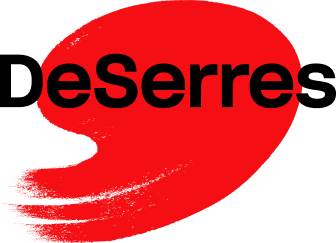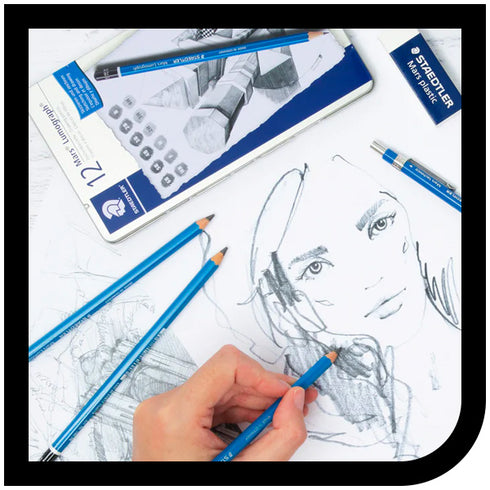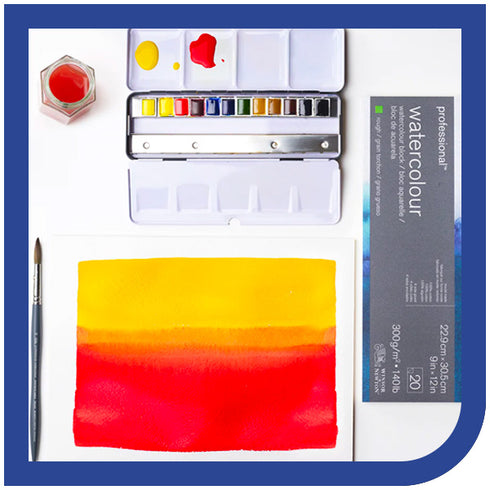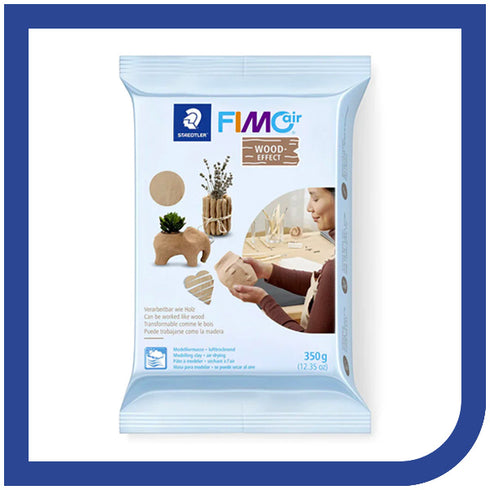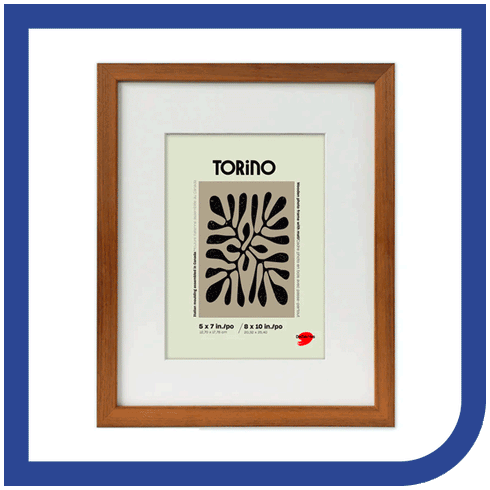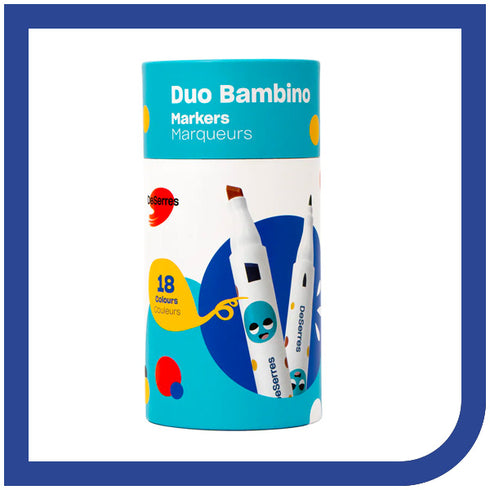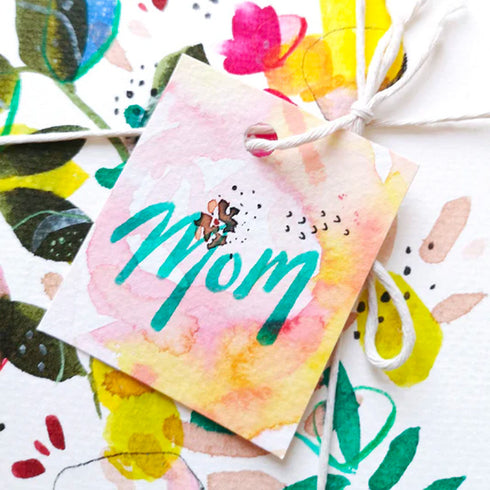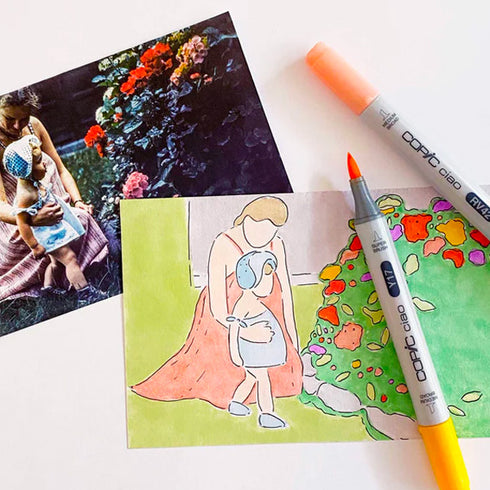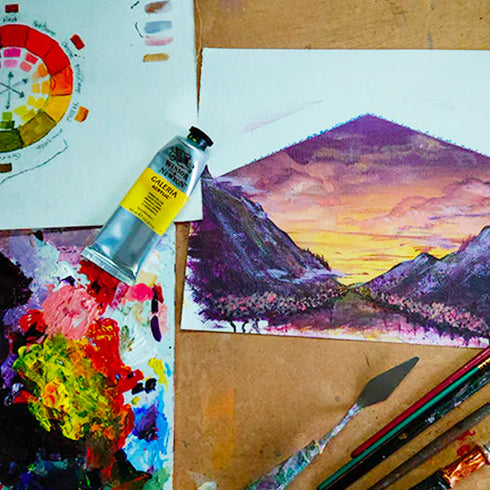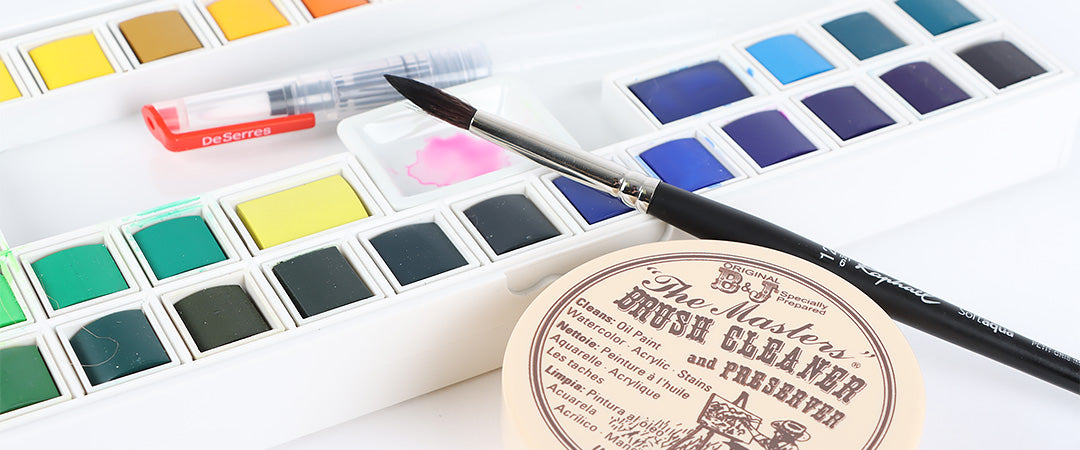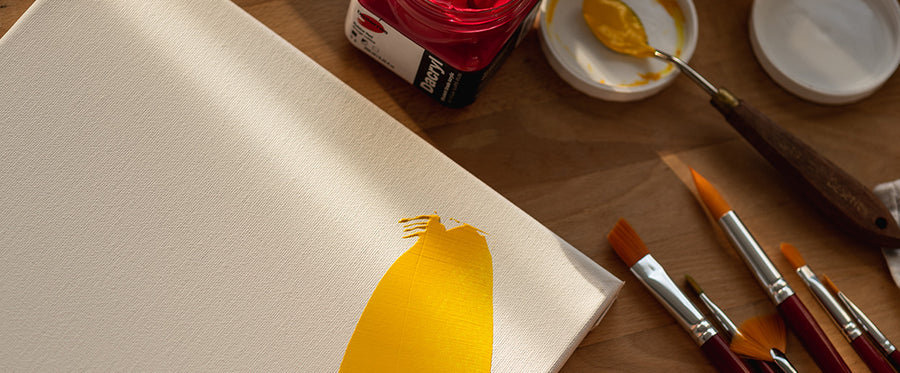
BRUSH CLEANING: WATERCOLOUR, INK, GOUACHE
Here are a few maintenance tips if you are using gentle watercolour, ink and gouache techniques:- Rinse your paintbrush with clear, warm water.
- Gently blot on a cloth to remove excess water.
- Gently pinch the brush from ferrule to tip to restore its original shape.
- Allow your brush to dry flat on a cloth or dedicated rack. Drying flat is recommended so that water does not collect in the ferrule, thus preventing the bristles from splitting.

BRUSH CLEANING: ACRYLIC
Acrylic paint is relatively harsh on brushes: it dries quickly and hardens irreversibly over time. Therefore, you should keep your brushes wet during your creative session and wash your tools before the paint has time to dry. - If your brush is well loaded with paint, remove any excess paint with a rag or the edge of a spatula: start at the tip of the ferrule and work your way to the end, pressing gently.
- Rinse the bristles in a bowl of clean water. You can also, like our ambassador Claire Desjardins, use a different bowl of water for each colour group, and then use the coloured water as a wash for your next piece, thus minimizing waste.
- For a more thorough cleaning, use an artist’s soap: wet the soap, rub your brush on the soap so that the soap penetrates the bristles, and lather. If the lather is coloured, there is still paint left: continue.
- Rinse, dry, reshape the bristles and let your brush dry flat.
Here is DeSerres Expert Mélyna Leclerc’s eco-friendly cleaning process:
"To begin, I like to pre-rinse my brushes in a jar with water. This water gets ‘dirty’ quickly, but it doesn’t matter, because the goal is to remove as much paint from the brushes as possible before washing them under running water.
I dip my brushes into this jar of water, and then rub the bristles on the sides of the container to loosen them and remove any lodged paint.
I then rub/wipe my brushes on an old rag to remove another layer.
To finish, I wash the brushes under running water with a mild soap. I use Tri-Art’s linseed oil-based soap, I love it! At this point, there is almost no paint left on the brushes, so there is less chance of contamination. When my water gets too dirty, I pour it into a large, airtight four-gallon container. Once this container is full, I take it to an eco-centre for a more ecological disposal. As for the water I use to pre-wash my brushes, I often take the rinse water I use when creating a piece (the water I use to rinse my brushes between colour changes) that is starting to get ‘dirty’, I then do a water rotation."

BRUSH CLEANING: OIL
One way to clean your oil brushes is to use a solvent like White Spirit or turpentine. These methods dissolve any paint residue on the brush; they are quick, but also very harsh. Other alternatives that take a little longer, but are more natural, combine vegetable oil (olive oil) and liquid soap.Using a solvent
- Soak your brush in a container with the solvent of your choice and move the brush to dissolve the paint. Although some solvents are odourless and give off less toxic fumes than turpentine, it is still highly recommended that they be used in a well-ventilated area.
- Rinse the brush.
- Gently rub your brush on an olive oil-based soap, then rinse with clear water.
- Let dry on a flat cloth.
Using olive oil and soap
- Pour a small amount of olive oil into a container and dip the brush tip into the oil to remove most of the excess paint.
- Repeat this same process with a small amount of liquid soap or using a solid soap.
- Once the brush is soaked in soap, rinse it off.
- Run your brush through the palm of your hand to dry it and make sure there is no paint left.
- Gently wipe and let dry flat.

WHAT TO AVOID
- Do not let paint dry on your brush.
- When rinsing your brush, avoid “crushing” it at the bottom of the container, to preserve its bristles.
- Do not let a brush soak for too long (not overnight).
- Do not use degreasing soap such as dishwashing liquid, especially for natural bristles. Dishwashing soap tends to dry out bristles, causing them to gradually wear out and “split”.
- Avoid drying your brush vertically, with the tip up. Water could seep into the ferrule, swelling the wood of the handle and splitting the bristles.
- Do not use a hair dryer to dry bristles.
- Avoid applying masking fluid with your watercolour brushes.
- Don’t throw away your used brushes – their damaged or hardened bristles could be very useful for creating textured effects in your next painting.
This almost meditative cleaning ritual will leave your brushes in superb condition, ready for your next session!

